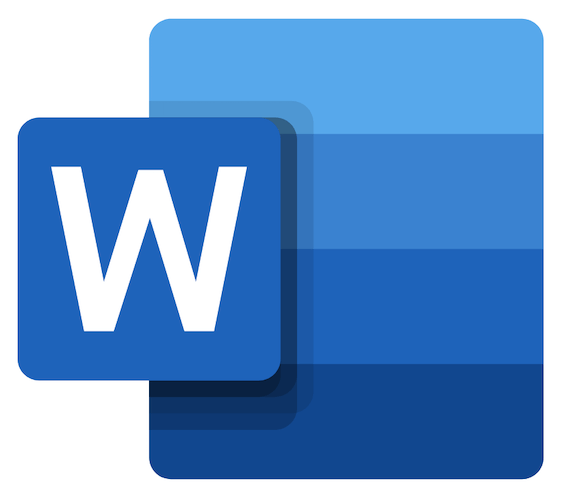How a Decentralized Document Management System Can Prevent Server Failure Downtime

A centralized system often comes with the concerns of a single point of failure. In contrast, and by nature, blockchain systems are decentralized, secure, immutable, and highly fault-tolerant.
This makes a decentralized document management system ideal for managing recorded archives such as financial transactions, identity management, provenance, and authentication. In addition, blockchain can be deployed both as permissionless or as a permissioned blockchain. For example, in a permissionless or public blockchain, the users accessing the system are not known. Any user can join the network to access the system or leave the blockchain network at will. This quality may be suitable for systems exposed to the public and may raise security risks in the network.
In contrast, a permissioned or private blockchain allows only a known and identifiable set of explicitly admitted users to the blockchain network.
For security purposes, this reduces the presence of malicious actors within the network, allowing authenticated and authorized actors to participate in the network, which increases the system’s security as required by the enterprise applications.
This has resulted in the concept of permissioned blockchain gaining a lot
of interest mainly for applications for non-financial purposes where the users are authenticated and authorized to participate in the network, like a blockchain document management system. Many unusual applications are in non-financial areas that utilize the technology of permissioned blockchains include health, government services, supply chain management, Internet of Things, peer-to-peer cloud storage, and others.
One such application that has gained significant traction is Decentralized Document Management Systems. It is mainly because digital documents are being utilized globally because it results in high productivity and convenience. But, digital records have some security issues. The main one being the audit of the provenance of the document. If a user with access to the document behaves maliciously for their benefit, he can easily falsify the digital document. This is particularly true in legal document management software.
One main advantage of using a decentralized DMS is that it can secure simple documents en route. For example, a document that has been encrypted using a symmetric key then splits the key using a sharing scheme. Decentralized DMS can manage each split key using blockchain and reconstructs the complete symmetric key when the document is retrieved with the employment of smart contract development.
Based on the Ethereum blockchain, a smart contract is a code that automatically executes when a given set of circumstances are met.
One example of DDMS allows storing data independently on multiple nodes of the network in a distributed ledger. The main problem is the storage and processing limitation of network nodes. Most blockchain-based solutions can use an interplanetary file system (IPFS), a peer-to-peer architecture.
There is no risk of single-point failure. It performs content addressing. Availability of data is ascertained by storing it on a decentralized platform.
In a centralized document management system, data owners do not have complete control over the access and use of data. In most cases, the owner himself is not involved in sharing data and being able to audit where that data went. In this scenario, a blockchain can provide trust and transparency among the nodes of the network for provenance and audit for the sake of data protection.
In addition, the data owner can also set access rules so that data is not released to an unauthorized party. Whenever a requestor demands the data from the owner, the owner sends a request to the IPFS server to provide the requested content. When a user registers for a data request, it is authenticated
through digital signatures. Only after that, the request proceeds. Otherwise, the transaction would be terminated by blockchain.
In the current economy, digitalization is the name of the game when it comes to competitiveness and when an organization seeks efficiency to build the success of a business. This is the reason for the speed at which companies around the world are actively introducing a large variety of tools and software to digitize and automate their workflows.
The use of proprietary applications designed for accounting, CRMs, online conferencing, time management, productivity, and document processing is not particularly innovative for many companies, but here is a real innovation – software based on the blockchain.
While blockchain technology applies to various industries and solutions, specifically in legal document management, with the introduction of blockchain technology in their workflows, the audit and management of critical documents have become more secure.
It is important to note that technically, adopting a blockchain-based document management system doesn’t completely eliminate the use of paper documents. Still, it significantly impacts the lives of office workers positively. Instead of searching for a specific document in large piles of paper, managers can easily find it in the system in a matter of seconds. Additional benefits of adopting a DMS include:
- Greater Document Security
- Regulatory Compliance regarding data security
- Digital backup of paper data
- Better collaboration between stakeholders through continuous access
- Easy retrieval
- Savings on document storage costs.
- Role-based access to information.
The addition of a blockchain smart contract further makes your life easier. The changing costs and dynamics of connectivity overload, increased processing time, and rising digital service costs have exposed businesses globally to massive drops in employee efficiency. The addition of blockchain smart contracts provides solutions for quantifiable benefits right away.
These quantifiable benefits can include:
- Ability to easily switch providers without changing your phone number
- Being able to eliminate any possibility of fraud during payment processing
- Being able to have complete workflow transparency
- Making negotiations between business stakeholders and legal teams easier.
In conclusion, the use of a blockchain-based document management system can ensure that your information flow is not only more effortless and quick, but it is advanced enough to provide the needed information to the stakeholders that are authorized to see specific documents on time, at their fingertips 24/7.
